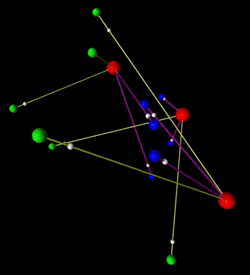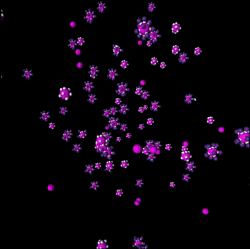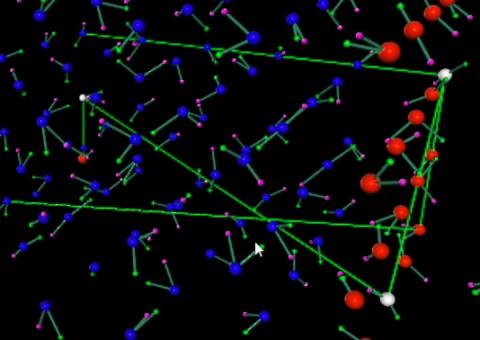About OG-Brain
OG-Brain is an AI system that mimics the fundamental properties of biological neurons, creating a bridge between artificial and natural intelligence.
Why OG-Brain?
Modern AI models still rely on outdated perceptron-based principles, leading to inefficiencies such as:
- 💡 High computational power and energy consumption
- ⏳ Slow learning and poor adaptability (relearning is inefficient)
- ⚠️ "Black-box" problem: Lack of interpretability in AI decision-making
OG-Brain solves these problems by introducing a biologically inspired architecture that is:
- 🚄 Faster & more adaptable than traditional deep learning models
- ⏳ Efficient in learning and error correction
- 🔄 Scalable without losing biological plausibility
- ✅ Energy-efficient (fewer training cycles, less processing power required)
Project Roadmap
- 🚀 Phase 1: Implemented fundamental biological neuron properties (✅ Completed)
- 🔄 Phase 2: Merging OG-Brain with established ML models (In Progress)
- 🔜 Phase 3: Redesigning deep learning models using OG-Brains enhanced ML core
Current Features
OG-Brain already mimics neurons in real time, featuring:
- 📈 Neuron Growth & Synapse Creation: Dynamic dendrite and axon formations.
- 🔬 Plasticity & Environmental Adaptation: Neurons adjust based on stimuli
- ⚡ Realistic Current Propagation & Resistance: Accurate electrical behavior
- 🌱 Branching Mechanisms: Organic and realistic growth patterns
💡 The entire system is customizable, with adjustable parameters for:
- 3D Visualization & Real-time Processing
- Precision Control & Physics-based Calculations
- Neuron Growth Rates & Interaction Properties
Feature Showcases
📸 Demo videos and images showcase real-time simulations (via OG-Brain's visual mode), offering a glimpse into OG-Brain's capabilities.
Electricity
Realistic simulation of current propagation and resistance.


Arrangement of Components
Adjustable amount and properties of subcomponents, such as Dendrites/Axons and Cones.


Pathfinding Algorithms
Implemented smart pathfinding Algorithms, which the system can use for decision making.

Proximity detection
Smart objects are able to sense nearby objects and electromagnetic waves.
Branch Creation
Customizable branching options depending on conditions and thresholds.
Clustering
Objects are able to merge and mimic microevolution of cells.
The faster the neurons grow, the faster the AI learns
This real-time demo is running only on a single Thread on a standard consumer CPU!